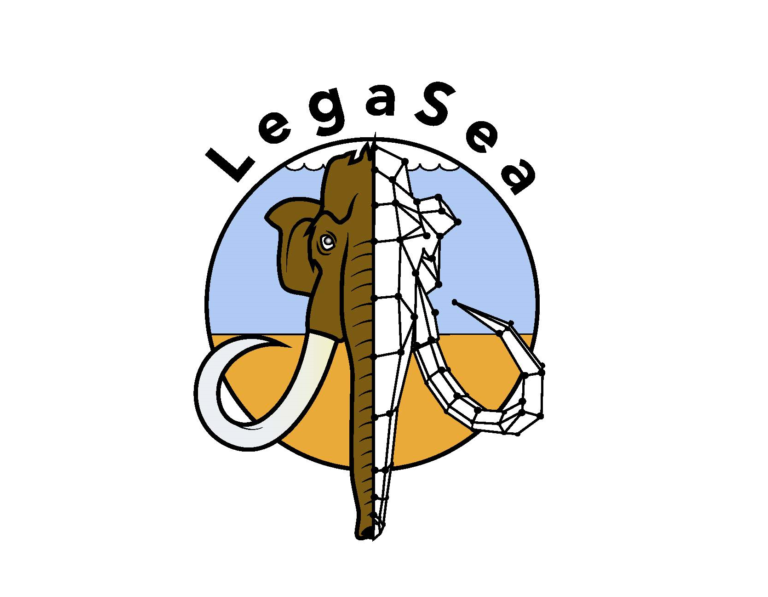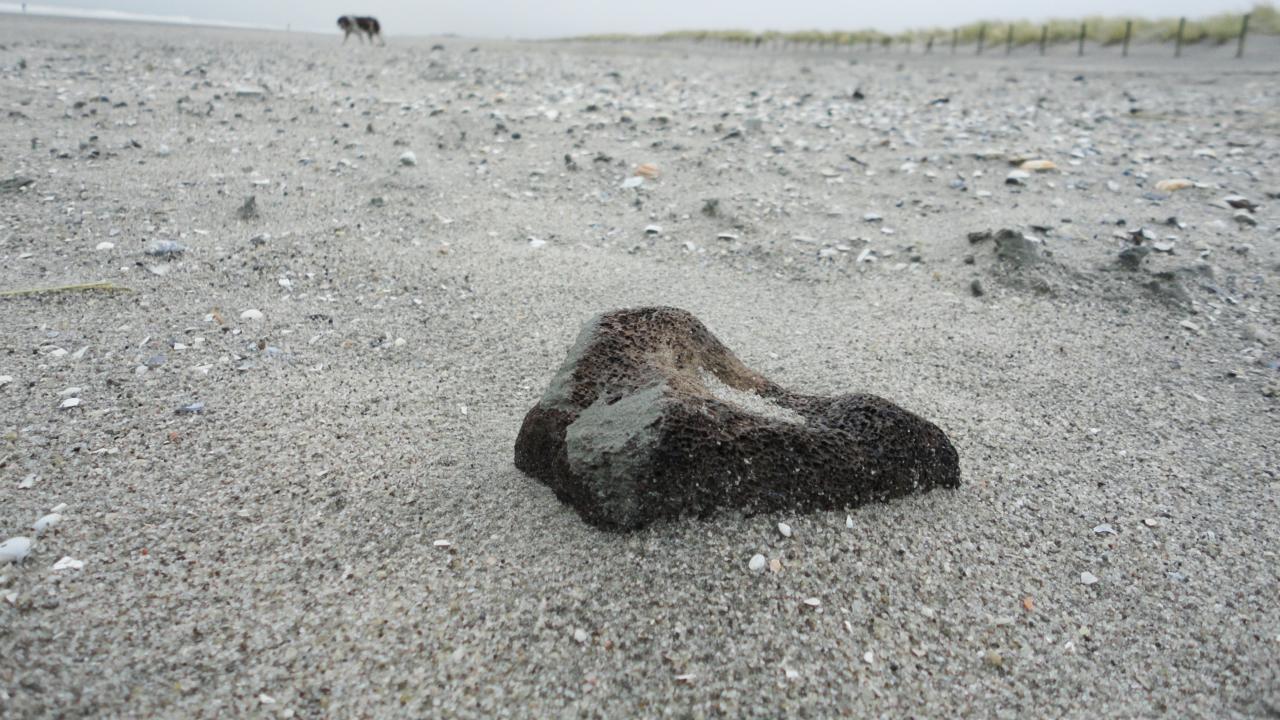
The North Sea and Dutch beaches are a gold mine for paleontologists and archaeologists. Over the years, hundreds of thousands of fossils and artifacts have been picked up and collected by enthusiasts and experts. These collections form the basis of everything we know about the last Ice Age. The southern North Sea area was dry during cold periods. We call this area 'Doggerland'. It provided an ecosystem suitable for large herbivores, predators and humans.
The Legasearesearch
With the research project LegaSea, we want to understand how ecosystems and animals responded to climate changes during the last Ice Age. The temperature and sea level constantly changed: landscapes in the low lands changed with them. In these landscapes, animal species appeared and disappeared. We want to find out which animal species occurred at the same time and when species appeared and disappeared in the Netherlands.
Using a large photo dataset, an AI algorithm is trained to recognize and classify fossils based on species and fossilization. We then link these so-called fossil communities to Ice Age deposits from the Maasvlakte sand extraction area and the Sand Motor. In this way we can reconstruct ecosystems and life in the North Sea area of the last 130,000 years. This will also allow us to answer in more detail questions such as: why did many large mammals such as the woolly mammoth become extinct at the end of the last Ice Age? What is the role of humans in the extinction of these animals?


Who are workingon this project?
The LegaSea project is a NWO-ENW-funded PhD research project conducted by Isaak Eijkelboom, MSc under the supervision of Dr. Frank Wesselingh and Prof. Dr. Anne Schulp. LegaSea is a collaboration between Naturalis Biodiversity Center, Utrecht University, TNO Geological Survey of the Netherlands, Het Natuurhistorisch Rotterdam, Rijksmuseum van Oudheden, Rijksuniversiteit Groningen and many collectors and citizen scientists.
LiveScienceLegaSea
At Naturalis, we like to show what we are working on. The researcher Isaak shows visitors live how he conducts his research. Curious as to how and why? Then take a quick look at the video above or feel free to find him yourself in our LiveScience room!
Want to know moreabout beach fossils?
- Ask your questions about bones at natuurvraag@naturalis.nl to the Naturalis' Nature Information Center
- Report finds from the Maasvlakte: Oervondstchecker
- Read more about Ice Age animals on Geology of the Netherlands